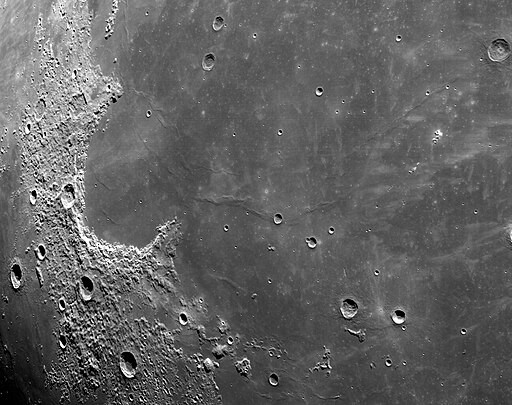Moonquakes can offer valuable insights into the lunar interior and its geophysical processes. However, lunar seismic waves are so scattered that scientists find it difficult to characterize their source.

(Photo : Wikimedia Commons/ NASA Johnson Space Center)
Understanding Moonquakes
During the Apollo missions of the 1970s, many seismometers were sent to the moon where they gathered data on lunar seismic activities for eight years. The data revealed that some moonquakes were as powerful as a magnitude 5 on the Richter scale used here on Earth.
Compared to Earth, the moon is not tectonically active and lunar quakes have different origins. Some of these seismic events are brought by day-to-night thermal differences as the surface of the moon varies in temperature. There are those which occur deeper and are caused by the gravitational pull of the Earth. Meanwhile, others are due to the slow cooling and contraction of the Moon over time.
Understanding when, where and how these moonquakes occur is very important in planning missions to the moon. This is particularly significant if permanent structures such as a lunar base are to be built on the lunar surface.
READ ALSO: Lunarquakes Detected as the Moon Shrivels and Shrinks
A New Type of Seismic Sensor
In a new study, experts from California Institute of Technology demonstrated that an emerging technology called distributed acoustic sensing (DAS) has the potential to measure moonquakes with unprecedented precision. It makes a case for using DAS rather than conventional seismometers as NASA's upcoming Artemis missions plan to return to the moon to deploy new seismic sensors.
For the past decade, geophysics professor Zhongwen Zhan has been developing distributed acoustic sensing which involves sending lasers through a fiber optic cable and measuring how the light changes as it experiences tremors. In this method, the cable acts as a sequence of hundreds of individual seismometers which enable researchers to measure shaking very precisely.
With a few individual seismometers far apart from each other on the lunar surface, the signals of moonquakes are quite fuzzy, like a radio full of static. This is caused by a phenomenon called scattering, where seismic waves become less clear as they travel through the powdery upper layer of the lunar surface. Having thousands of multiple sensors would help clarify noisy signals.
In the new study, the researchers deployed a fiber optic cable equipped with DAS technology in Antarctica. The freezing, dry environment in the South Pole is the closest analog on Earth to the moon, far away from human activities. The DAS sensors were sensitive enough to measure the small tremors caused by the ice cracking and moving, suggesting that they are indeed able to measure moonquakes.
Another advantage of using DAS on the lunar surface is the fact that a fiber optic cable is physically resilient to the harsh environment on the moon, especially with extreme temperatures, high radiation, and heavy dust.
In the future, the research team plans to demonstrate the ability of distributed acoustic sensing to function without the limited power resources available on the moon. They also aim to conduct more modeling and analysis to understand how small and distant moonquakes can still be detectable.
RELATED ARTICLE: Apollo-Era Seismometers Reveal 22,000 New 'Moonquakes' Decades Later
Check out more news and information on Moonquakes in Science Times.














